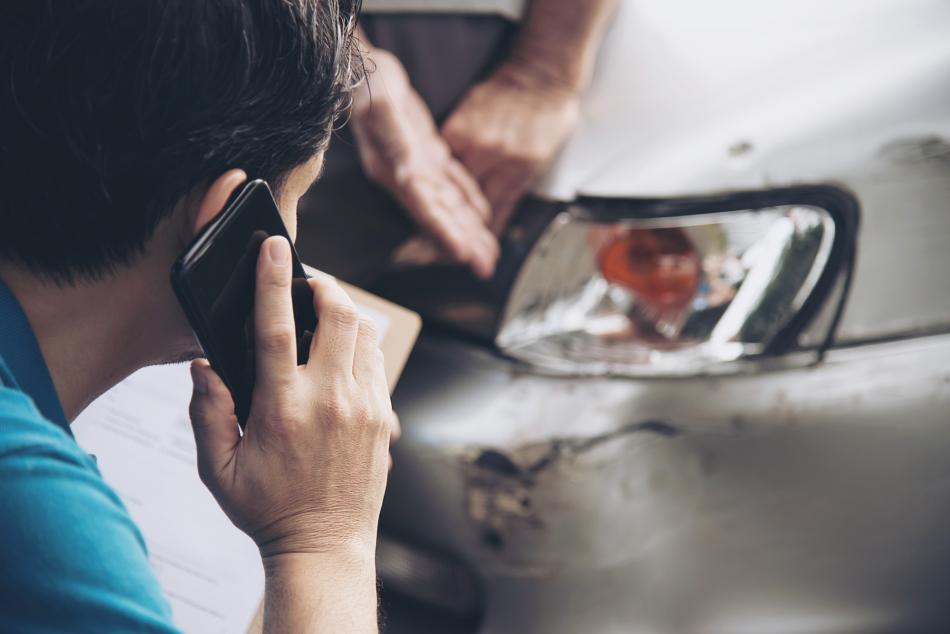The immediate aftermath of a vehicle collision can be extremely stressful. If you need to make an injury claim, the decisions you make at the scene and in the days that follow might have a significant influence. Evidence that is well-maintained is essential since it forms the foundation of your argument.
The quality and availability of that evidence can influence how insurance companies, lawyers, and courts view the integrity and value of your claim. It can be challenging to know what details are most important, as everything is happening quickly.
The best way to protect yourself is to keep calm and document everything as soon as it’s safe to do so. Whether the accident was minor or severe, make sure to seek help after a car accident, both for your well-being and your case.
There are clear steps you can take to make the evidence work for you, rather than against you, if discussions about fault or injury ever arise. Let’s get started!
In the aftermath of a car accident, securing the right legal support can be crucial to strengthening your injury claim. Consulting a Car accident lawyer in Boston can provide you with the expertise needed to navigate the complexities of your case. They can assist in gathering critical evidence, such as police reports, medical records, and witness statements, ensuring that all necessary documentation is meticulously compiled. This professional guidance not only helps in building a robust claim but also in negotiating with insurance companies to secure fair compensation. By having a knowledgeable advocate on your side, you can focus on recovery while your legal team handles the intricacies of your case.
Taking Photographs and Video at the Scene
Cell phones have made it easier to get instant, honest evidence. Use your phone to capture photographs and videos immediately after the crash, only if it’s safe. Try to include several angles of the vehicles, the damage, road conditions, traffic signs, and your injuries if they’re visible.
Make sure the photos are time-stamped. Videos can also help demonstrate loud noises, weather conditions, or how everyone is acting right after the collision.
Collecting Contact and Insurance Information
Swap basic information with the other involved parties. That includes names, addresses, driver’s license numbers, license plate numbers, and insurance policy details.
If there are witnesses, kindly request their contact information as well. You can rely on witness accounts to support your version of the events, as well as offer an outside viewpoint in the case that subsequent accounts diverge.
Saving Official Records and Reports
Call local police to the scene, especially if there are injuries or property damage. The responding officer’s report is a vital piece of your evidence. Please request a copy of the report once it’s available.
This usually includes diagrams, descriptions, and contact details for everyone involved. If emergency services arrive, keep your medical reports and discharge summaries, as they serve as immediate proof of your injuries.
Recording Your Details
As soon as you can, write down everything you remember about the crash. This should include the time, date, weather, road layout, and anything unusual you noticed leading up to the incident.
Memories fade fast, and official reports sometimes miss small details. Keeping your notes helps fill in the gaps when you talk to your insurance adjuster or, if needed, in court.
Securing Medical Documentation
Attend every medical appointment and keep a careful record of treatments, medication, and how your injuries affect your daily life. Follow up with all recommended care from healthcare providers.
Insurance companies may find it simple to minimize your injuries if there are gaps or missing medical records. Keep a symptom journal if your injuries aren’t visible, as ongoing pain is often challenging to describe long after the fact.
Final Thoughts
Building a strong car accident injury claim comes down to how well you gather and protect your evidence. By being careful at every step from the scene to your final treatment, you can make sure you have a comprehensive, trustworthy record if a dispute arises.
With clear photos, thorough documentation, and secure storage, your claim stands a far better chance of being taken seriously by everyone involved. Remember, each accident is different, and these steps can provide guidance no matter how complex the situation feels.



